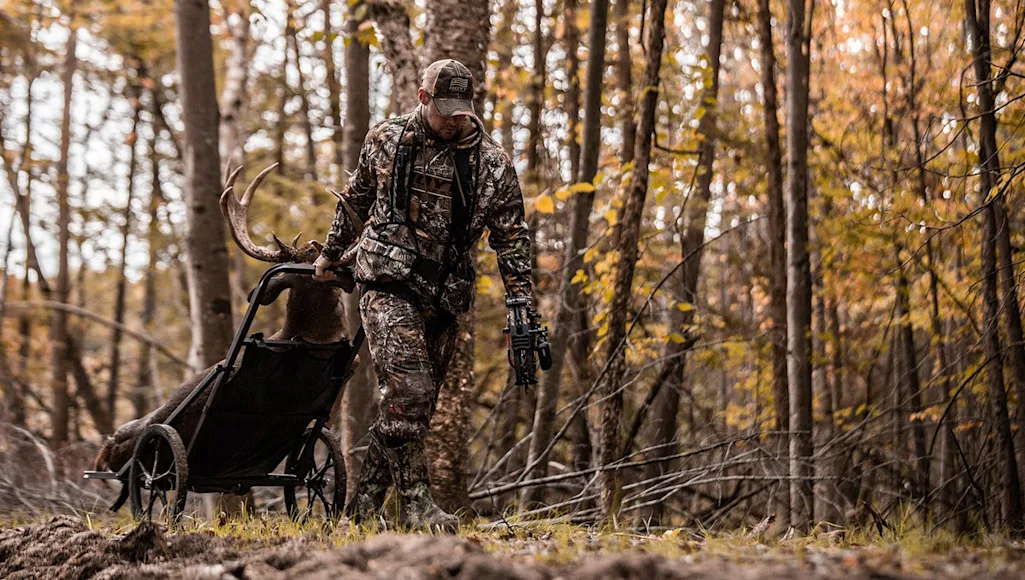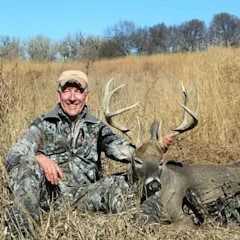When I think about how long I’ve been hunting deer, it’s honestly a little embarrassing. The year was 1972, which means Richard Nixon was president, the average cost of a new home in the U.S. was $27,500, a gallon of gas cost $.55, and ABBA was at the top of charts. It was, if you do the math, more than 50 years ago, and considering how much deer hunting has changed in those five decades, it should be a piece of cake listing 10 lessons I’ve learned since the first morning when my dad dropped me off at a snow-covered rock and said “sit here.”
In fact, it was not so easy. That’s probably because, for the most part, I still consider myself a student of the game—which I don’t think is that unusual even for someone of my vintage. That said, I have developed some firmly held convictions cemented by my years in the whitetail woods, and I’ve talked to and hunted with some of the very best, who’ve been generous enough to share their wisdom. So, here’s what I’ve learned about not just deer hunting, but also about the deer themselves and the people who hunt them.
Lesson #1: Safety Comes First
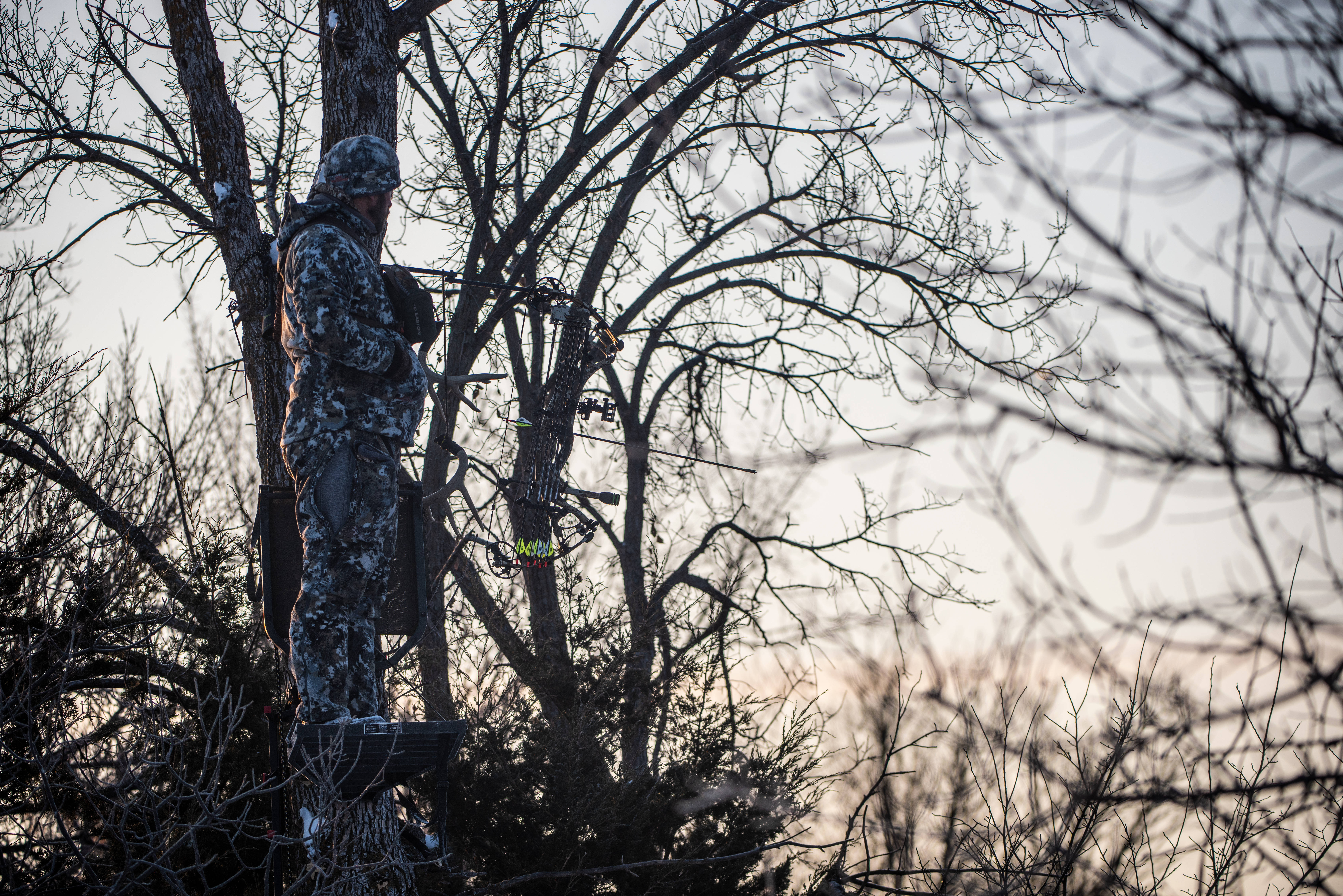
I know. You’ve heard this one before. But you should listen to me. First, I’m probably your elder, but more important, I know of what I speak, having had a number of friends experience serious injuries in the deer woods. When I was younger, I figured the primary goal of any deer hunt was to come home with a buck. Silly boy. Now I know the top achievement of any outing in the woods is to come home safely, so that you can go out and hunt again. If you doubt this, talk to any of the hundreds of people who have been injured in tree-stand falls or other accidents, some suffering injuries that prevent them from ever hunting again.
Obviously, I was not always this way. I went for many years climbing trees recklessly and without any fall-restraint device. And I continued to do so despite falling three different times and avoiding serious injury (or death) through nothing but sheer luck. Finally, with some maturity, I realized that I was being an idiot. These days I rig a safety line for every elevated platform I hunt from, and I’m connected to that line from the minute my feet leave the ground until they return again. Sure it adds a little cost and time to every set, but two falls ago, on a cold and snowy afternoon, the support cables on my ladder stand snapped in unison, turning the stand platform into a trap door. My safety line saved me a whole lot more time and expense in the hospital.
Related: The 7 Best Tree Stand Harnesses
Lesson #2: Mature Bucks Are Different
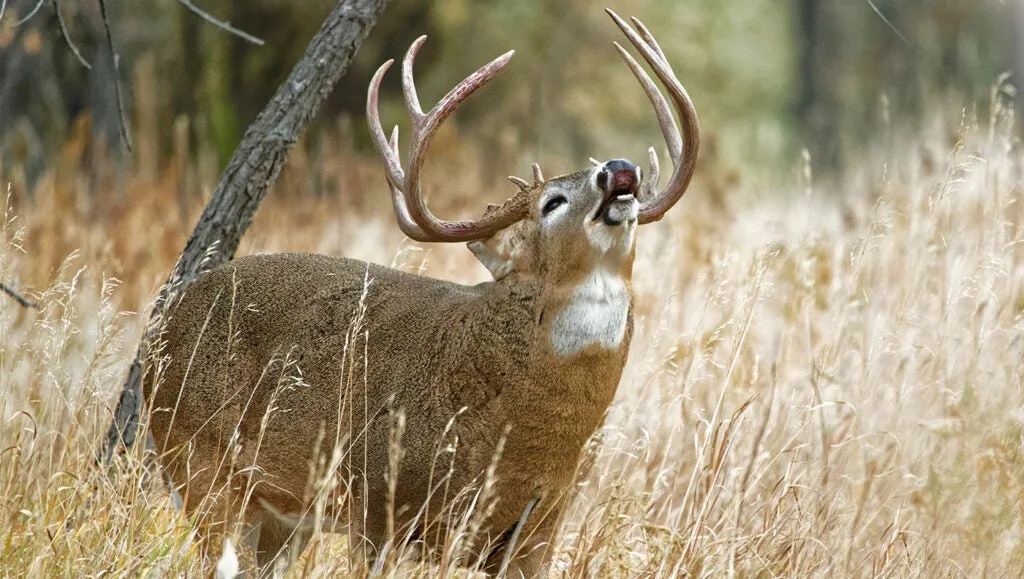
It’s not just that regal headgear that differentiates a trophy buck from his herd-mates. I’ve been chasing mature bucks with some degree of seriousness since the mid 1980’s, and I’m convinced that, for the most part and under most conditions, they just don’t behave like other deer. Some of this belief is actually backed by science; telemetry studies have proven that older bucks less frequently and shorter distances than younger bucks and does. It’s simply harder to see a whitetail that’s spending more time on his belly than on his feet, and when his jaunts are short (and occur at night, not unusual for an old deer) it only ups the ante on difficulty.
There are other differences. In my experience, mature bucks aren’t as likely to use the well-used trails and runways preferred by other deer. I’ve lost track of the times I’ve set up on a heavily-traveled trail under perfect conditions, then watched does, fawns, and younger bucks waltz down that path with abandon. Then, assuming I see the mature buck I’m hunting, he’ll shun the highway and mince down some barely-visible side trail. And he’ll usually be taking his time. I’m always amazed at the slower pace of mature bucks vs. younger deer. Unless he’s after a hot doe or escaping danger, an old buck is rarely in a hurry to do anything. I think this can be partially explained by physical differences; old, chubby deer simply move slower, but I think it’s also an excellent survival tool. Moving slowly allows a buck more time to see, hear, or smell danger, then figure out an appropriate response.
The bottom line for hunters is that if you’re after a mature buck, you need to bring your A-game every time. You need to be double cautious and leave as little as possible to chance. If you can’t hunt a big deer without it knowing it’s being hunted, then you need to tweak your setup, wait for better conditions, or hold out for a time when he’ll be more vulnerable.
Related: How to Hunt for the Biggest Whitetail Buck of Your Life
Lesson #3: Always Hunt the Early Season

There’s nothing like the excitement and chaos of November, when most every buck is on its feet and the actions is so frenetic you don’t want to turn your head the wrong way for fear of missing something. Trust me I get it, and I’ve had my share of November success. But when it comes to arranging a close encounter with a mature buck I know, I’d take any five days in September over three weeks in the eleventh month. Three of my biggest whitetails, including two gross B&C bucks, have been tagged during the Midwest’s early archery season.
Why is September so good? For starters, bucks are typically on a bed-to-feed pattern that’s at least reasonably predictable. Hunters often hear “pattern” and visualize a buck on a train track with an airtight ETA. That’s not true for the most part. Bucks typically have one or two favored food sources in the early season, which they visit regularly, depending on the conditions. It’s up to us to determine which conditions those are, which can be done by observation or trail camera, then capitalize when the time is right. The good news is, early-season bucks are at their most relaxed, having experienced little to no human contact in many months. With some solid intel and the right weather conditions (pay attention to early-season cold fronts), September is far and away the best time to put a tag on a mature homebody buck.
Related: How to Hunt Early Season Deer: 10 Expert Tips
Lesson #4: Talk to the Animals
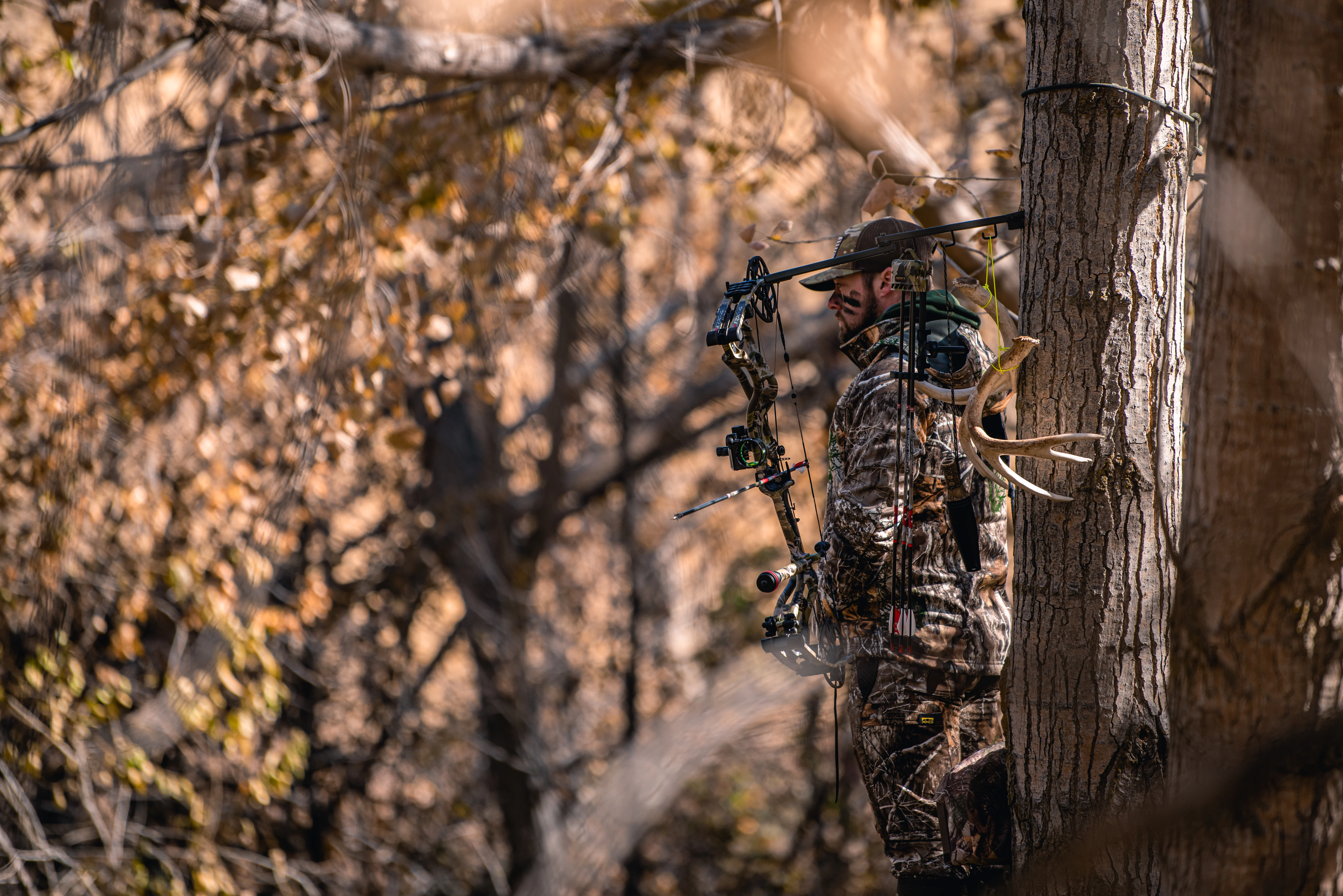
I’ll never forget the first whitetail buck I rattled in. It was more than 25 years ago, and the buck was nothing special—a 1-½ year old with a busted up rack that might have scored 100 inches with a generous tape. I was hunting southern Iowa, land of the giants, and it was the second week of November. With just a little patience, even a modest P&Y candidate was almost a sure thing. But when I banged the antlers together and that scruffy little buck came charging through the hardwoods like he owned them, I grabbed my recurve and arrowed that deer at 15 steps. My friends thought I was crazy to “burn” a tag on such a modest buck, but that remains one of my most memorable days, and deer, of my hunting life.
In the years since, I’ve used rattling, grunting, bleating, and snort-wheezing to lure in a bunch of deer, and I consider calling to be one of my favorite ways to bring a deer into bow range. And I have to admit, I’m a bit mystified that more hunters don’t call to whitetails—or don’t call as much as they should. I have given my hunting buddies countless calls and sets of rattling horns, most of which remain stashed in packs or hanging on hooks in a shed somewhere. I think much of this call-phobia is just a general fear of making noise in a sport that largely demands quiet. Then there’s a paranoia of saying “the wrong thing” and possibly spooking a deer. And finally, while deer are highly social animals and talk to each other all the time, they do so subtly and much of it is unheard by humans. This makes hunters even more leery of calling’s effectiveness. But I’m here to affirm that with just a little courage, calling deer is something even a modestly skilled hunter can do successfully—and really enjoy in the bargain.
Related: 9 Key Deer Calls and How to Make Them
Lesson #5: Don’t Fall Into the Scent-Control Trap
I think I’ve tried every trick that’s been invented to beat a buck’s nose. I’ve showered and sprayed and wriggled into clothing designed to trap human odor. I’ve hung ozone units above my stand and stashed clothing in special closets and sprayed every conceivable flavor of cover scent on my boots and clothes and around stand locations….and I do none of it these days. I’m not saying any or all of these gadgets don’t work because thy may to some extent, and I have very good friends who are excellent deer hunters who go whole-hog into scent-control and I respect, and I admire them greatly. But I gave the scent-control game up for a couple of reasons that, at least to my aging brain, made sense to me.
My first step toward scent-elimination liberation came when I conducted a series of tests with drug-sniffing police dogs that had almost zero problem detecting human odor despite the rigorous application of scent-proof products. It should be said that these tests were probably not a true indication of the worth of no-scent stuff; the K-9’s in question were super-tuned to discover human odor and highly motivated, while the majority of free-range whitetails rarely are. Still, these tests convinced me that there is no way to legitimately beat a deer’s sense of smell (which, by the way, is better than a dog’s), assuming that deer is intent on finding us.
But also, and most importantly, I jumped off the bandwagon just because I wanted to simplify my hunting. My hunting time is precious to me, and I don’t need to fritter away any of it with scent-control rituals and gear. I also get a huge kick out of “beating” a buck’s nose simply by hanging a stand in the right spot, or by refusing to hunt a spot if the wind direction is wrong. At first I was a little surprised when I realized I was seeing almost as many deer in bow range without “controlling” my scent. And there were deer that “got me” that I might have fooled with no-scent tactics, but honestly it didn’t bother me when I got busted by those deer. A whitetail’s nose is his greatest defense system, and getting past it by hunting a little smarter is more satisfying to me than trying to take that defense away from him with a product. Plus I travel lighter and don’t waste a pile of time engaging in no-scent rituals. The truth is that has been wonderfully liberating and very satisfying.
Lesson #6: Relying Too Much on Tech Can Cheapen the Experience
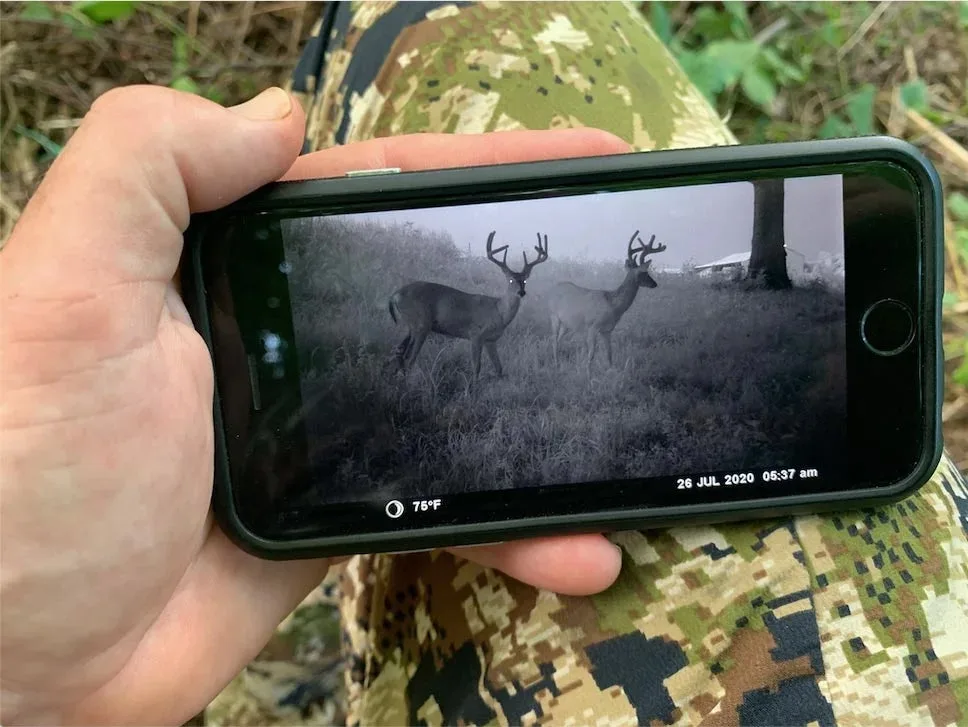
I’ve been around long enough to remember trail cams before they were even trail cams. Back in the day, you could buy a unit that was really nothing more than a trail timer; you stretched a string across a trail, and when a critter tripped it, the unit recorded the time (no, you didn’t know for certain whether it was even a deer). Things got really sophisticated when someone figured out how to hide a point-and-shoot 35 mm camera in a (mostly) weatherproof housing, and you loaded the camera with 36-exposure print film you developed at a one-hour photo shop. These days you can get cameras that live-stream videos in real time, directly to your phone or laptop.
It’s no secret that this improved performance has led to an explosion of interest in trail cams, and created some problems in the process. Several states have banned cell cameras on public lands in response to hunters homesteading waterholes and other areas attractive to elk and deer. And, of course, the real-time capabilities of today’s wireless cams have led to discussions of fair chase and other ethical concerns; if a pic or video tips you off to a buck making a scrape by Stand X and you hot-foot it over to that area and manage to kill the buck, it’s reasonable to point out that the camera gave you an edge you wouldn’t have had without it.
I’m typically leery of banning equipment, and I love trail cams. I enjoy the entertainment of knowing which bucks are on what hunting properties, and I’ve learned a lot about deer behavior, food preferences, and peak movement conditions by studying pics and video. I do not feel trail cams have ever been directly responsible for me tagging a deer, and for the most part cameras have shown me how little I know about the bucks in my hunting areas and have proven a pretty humbling teaching tool. That said, with the features and capabilities of trail cameras getting more and more sophisticated every year, we seem to be on a collision course with a reality where deer hunting success relies more on technology and gadgetry than on woodsmanship, and that will take away from the experience. We may be there already. Part of me would be sad to see trail cams go, but I also know I wouldn’t stop me from hunting and might even make me a better scouter.
Lesson #7: Snow Means Go!

I shot my very first buck—a beautiful central-Wisconsin 8-point—on a cold, snowy morning in 1972. I was a scrawny, buck-toothed kid toting a Remington 1100 that was as long as I was tall, and I was perched on a frozen chunk of granite my dad had pointed me toward an hour before. The buck followed a hot doe through some scrub pines only 30 yards from my rock, and I managed to conquer shaking hands and a pounding heart to make good on the shot. I’ll never forget the sight of that buck slipping through those snow-crusted evergreens toward me, and I have loved hunting in the snow ever since.
I’m definitely the nostalgic type, but my fondness for snow is more than just sentimental. Snow simply gets deer on their feet like nothing else, a fact proven over and over by personal experience and backed up by trail-cam pics. Just last fall, we had a late October snowfall that (of course) occurred on a day I could not hunt. Naturally my wireless cameras lit up and pinged my phone with almost-annoying frequency, and when I checked cards a couple days later, I had pics of a largely nocturnal buck moving past one of my dad’s favorite stands at noon—two days in a row.
Lesson #8: Take Advantage of March Madness
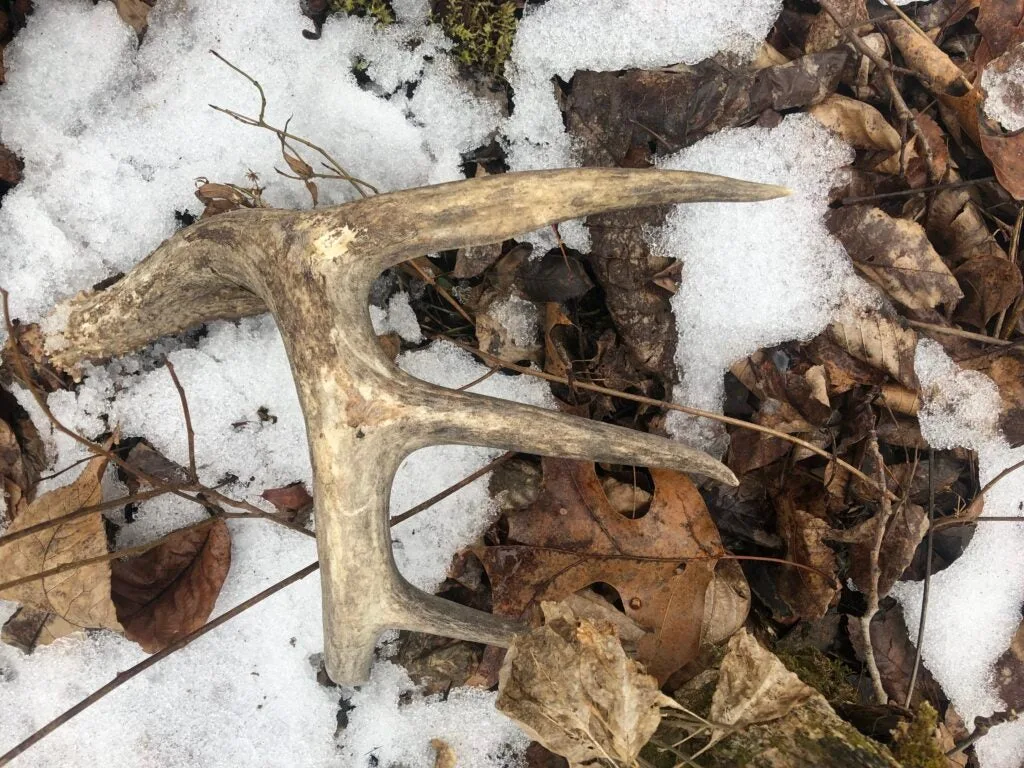
When the rest of the world turns its attention to NCAA basketball, my eyes (and the rest of me) are glued to the timber. That’s because some of the most important scouting of the year happens during that narrow window between snow melt and spring green up. All or most of last fall’s deer sign will still be visible, allowing me to walk out rub lines and decipher the best and most active scrapes from October and November. Perhaps even more important, the best trails and runways connecting funnels, feeding and bedding areas will be obvious. So often when scouting during the fall, we’re receiving only a hint of the best action, while spring scouting provides us with a complete picture of deer activity over an entire fall. Most important, I can walk out these trails with zero fear of bumping a buck I want to hunt; assuming I do run into a target animal on my jaunts, he has months to forget about my intrusion.
I’ve hung some of my best stands (or at least selected the right tree) during this period. Case in point was my second-best archery buck, which I killed from a stand I’d hung in a bur oak the previous April. The tree grew in a spot where three ridges joined and the rubs and scrapes in the immediate area clued me in to a spot bucks liked to visit. I returned to hang the set and brush some shooting lanes, and five months later, when the wind was perfect on a gorgeous September afternoon, I slipped into the spot with my bow in hand. Just before dusk, I heard a scuff in the leaves on a nearby trail and looked up to see a heavy main-frame 10-point plodding my way. I had no clue this particular deer lived here, but by reading the previous fall’s sign in spring, I’d managed to slide right into his wheelhouse and arrow him.
Related: Why March Is a Key Month for Whitetail Hunters
Lesson #9: Buddies Make Deer Hunting Better
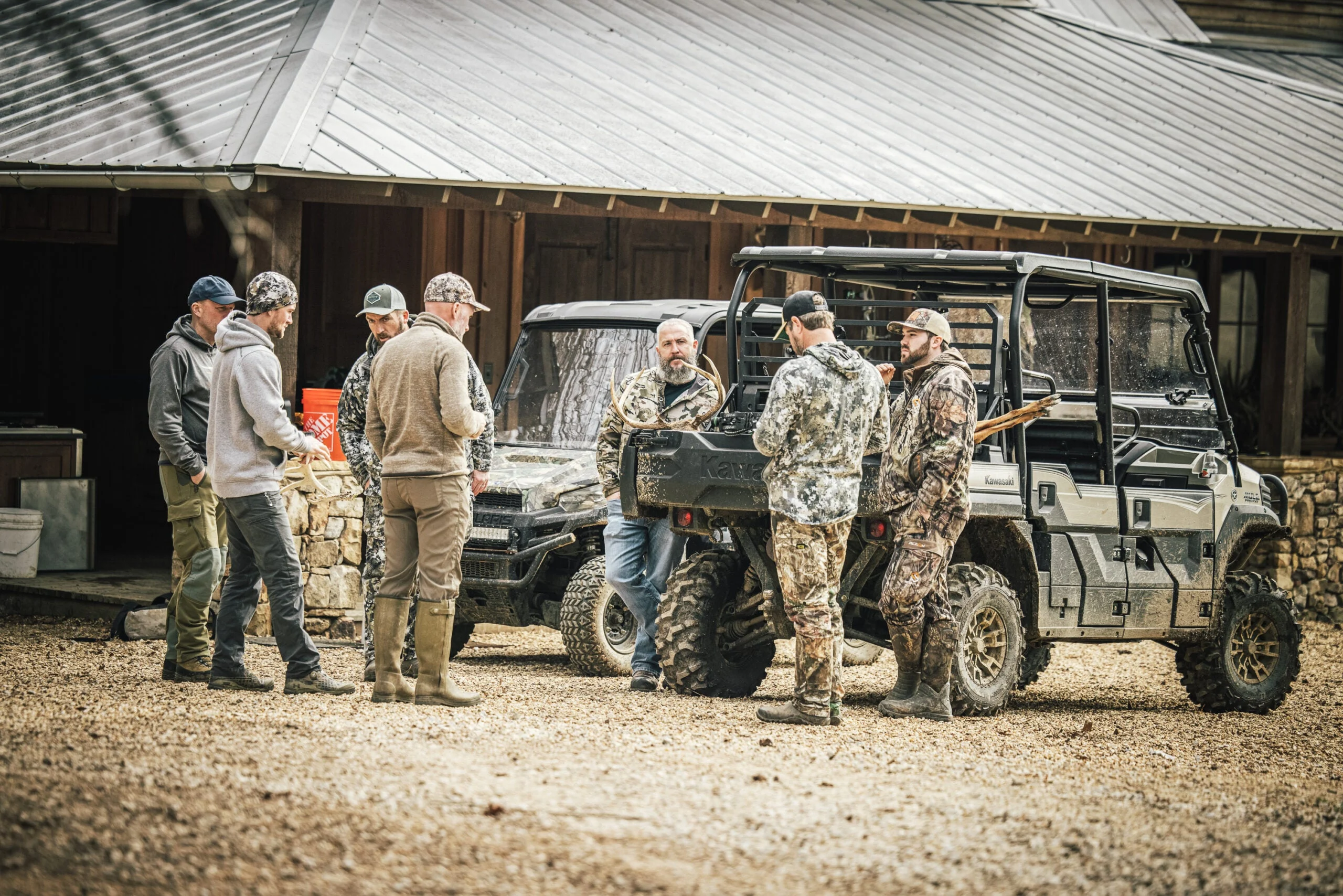
When I started deer hunting with my family members back in the 1970s, at least 50% of our group’s effort was devoted to driving deer. We were pretty good at it, but even at its best, driving was semi-chaotic and even slightly dangerous. By the early 80s we’d largely dropped the practice and devoted ourselves to stand and blind hunting. I’m convinced this made us better, more effective, and definitely safer deer hunters, but it came at a price, and the price was camaraderie. For all the chaos and craziness of a deer drive, there was an awful lot of fun and more than once—while sitting in a cold and lonely deer stand—I realized how much I missed the hunting partners I’d basically grown up with.
While I haven’t gone back to driving deer, I have learned to nurture and cherish relationships with other deer nuts. I make it a point to share trail-cam pics, deer sightings, hunt reports, and of course any success with a group of fellow hunters that includes family members, friends, and neighbors. I know there are guys who’d share lottery winnings before they’d forward a trail-cam pic, especially to someone who might have a chance to kill “their” deer. Granted, I’m blessed with some excellent friends of high moral character, but I find this a sad and lonely approach to a sport that’s a heckuva lot more fun when you can send a pic to a buddy with a “check this guy out” message, or even tip a neighbor off to a buck that might be flying under his radar. One thing I miss about driving was the collective success shared by everyone in the party when a buck was bagged. I think that being open and honest with information, as well as being the first to congratulate a friend who’s tagged a dandy (yes, even one I’ve been chasing) is the best way celebrate the brotherhood of fellow whitetail geeks.
Lesson #10: Pay It Forward

As noted elsewhere, I was a scrawny 12-year-old when my dad first took me to the Wisconsin deer woods. While dad had a fairly easy babysitting job that first morning (I was tagged out by 10 a.m. with an 8-point that would be my biggest buck for many years), he earned his stripes over the course of that season and several to come. I needed constant direction (and re-direction) when I was asked to help make drives. I got cold and hungry. And after my opening-day success, I made the logical jump that if I sat somewhere—even a randomly-chosen stone or stump—a buck was sure to appear. Obviously dad had some coaching to do when it came to perseverance. That I wanted nothing more than to be a good deer hunter as I grew older is testament to his tutelage and endless patience.
Fast forward some 20 years, and it was my turn. I was teaching high school back then and renting a farm house from a wonderful family who had a son not old enough to hunt but fascinated by the sport. Alan was long on energy and enthusiasm, and I did my best to channel it by taking him hunting with me even before he was of legal age. One hunt we still laugh about occurred when he was 10 and I had him up in a tree stand with me for an October bowhunt. It’s always a bitter pill to miss a point-blank shot on a buck, but when you have preteen—laughing gleefully I might add—as a witness, it’s even tougher. Still, I loved having the kid along, and we continued sharing the woods until he was old enough to hunt. Then I had the pleasure of calling up his first turkeys and driving his first deer to him. Now an accomplished hunter on his own, Alan is also a very busy farmer, and I’ve had the pleasure of taking his two boys hunting with me as well. And I can honestly say that helping those youngsters tag game is more satisfying to me than tagging a buck myself. I guess my dad was a good role model when it came to mentoring young deer hunters. And if this sport is going to have a long future, we all need to do our part in paying it forward.

